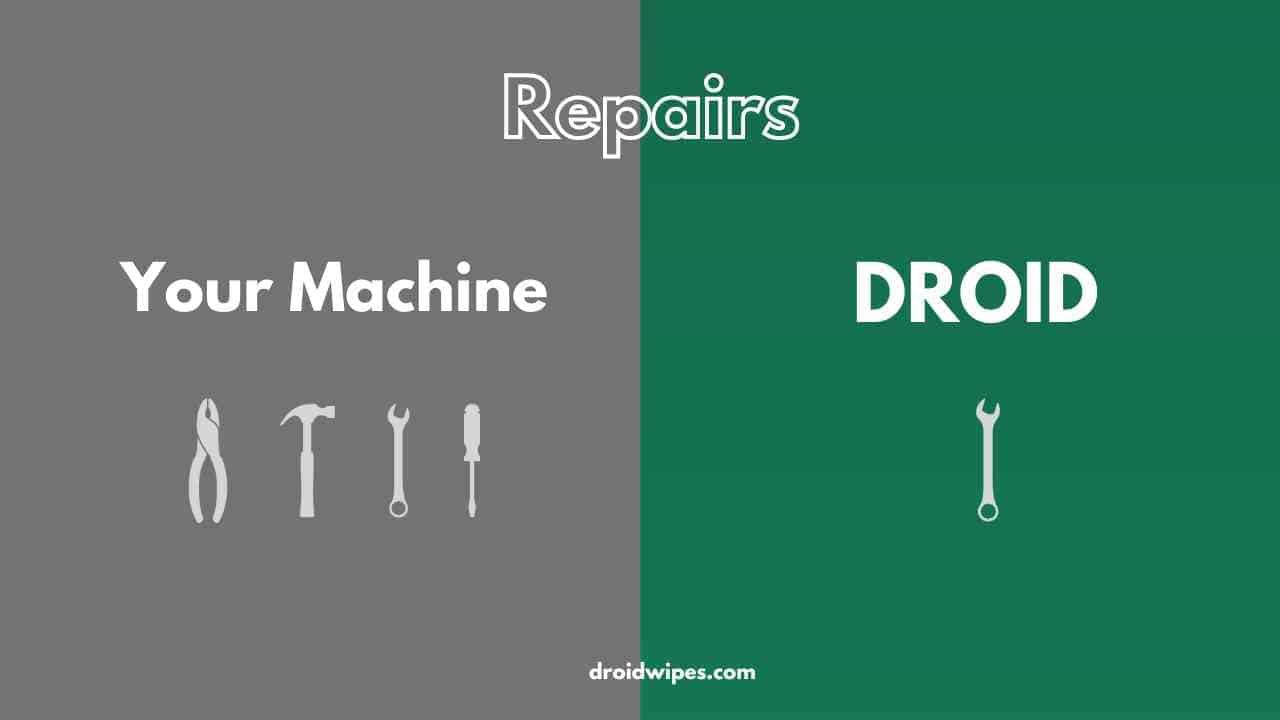Reason 1: Quality of the wet wipes machine
The quality of the machine is one of the primary factors for the price difference between wet wipes machines. A wet wipes machine with higher-quality components and sophisticated features will be more expensive than one with simple features. A high-quality machine will not only create higher-quality wet wipes, but it will also last longer and require less maintenance. As a result, a vendor selling a high-quality machine may charge a higher price than a vendor selling a lower-quality machine.
On the other hand, machines manufactured from lower-quality components may be less costly to buy initially, but they may be more expensive in the long run. These devices may fail more frequently or require more maintenance, increasing total expenses.
Reason 2: Features and Functionalities
A wet wipes machine’s features and functionalities can also influence its price. Those wet wipes machines with more sophisticated features and functionalities, such as automatic packing or high-speed manufacturing, are usually more expensive.
Conversely, these tools can provide substantial advantages in terms of improved effectiveness and output. A wet wipes machine that can make more wet wipes per hour, for example, can assist a business in meeting increased demand and increasing total income for the company.
Reason 3: Production capacity
Another reason that can influence the price of a wet wipes machine is the machine’s production capacity. A wet wipes machine that can produce more wet wipes per minute will usually cost more than a machine that can produce fewer wet wipes per minute. Therefore, it is common that a vendor with a high production capacity will charge a higher price than a vendor with a lesser production capacity.
Reason 4: Automation level
The level of automation in a wet wipes machine can also influence the price. A completely automated machine with limited labor involvement will be more expensive than a semi-automated machine with more manual labor. The level of automation can also have an impact on the quality of the wet wipes made, with completely automated devices usually creating better quality wet wipes. As a result, a vendor selling a completely automated machine may charge a higher price than a vendor selling a semi-automated machine.
Reason 5: Brand reputation
The reputation of the brand can also have an impact on the price of a wet wipes machine. A well-known and well-established brand will usually price more for its wet wipes machine than a younger or lesser-known brand. This is due to the established brand’s track record of creating high-quality, dependable wet wipes machines. As a result, consumers are willing to spend more for the assurance that comes with purchasing from a renowned brand.
Reason 6: After-Sales Service
The price of a wet wipes machine can also be influenced by the vendor’s after-sales service. A vendor who provides extensive after-sales service, such as training, technical support, and replacement components, may charge a higher price for their product than a vendor who provides limited after-sales service. The expense of after-sales service is incorporated into the wet wipes machine’s price, so a vendor providing a more comprehensive service will charge a higher price for the machine.
Reason 7: Customization
A wet wipes machine that can be customized to suit particular client requirements is usually more expensive than a basic wet wipes machine. Various kinds of packing, wet wipes with various scents or materials, and varied manufacturing capabilities are examples of customization. A vendor providing a highly customized wet wipes machine will charge more than a vendor offering a basic wet wipes machine.
Reason 8: Geographic location
Finally, the vendor’s geographic location can influence the price of a wet wipes machine. Vendors in lesser labor and production cost countries may be able to give their supply at a lower price than vendors in higher labor and production cost countries. Customers should be conscious, however, that the reduced price may come at the expense of quality and after-sales support.





